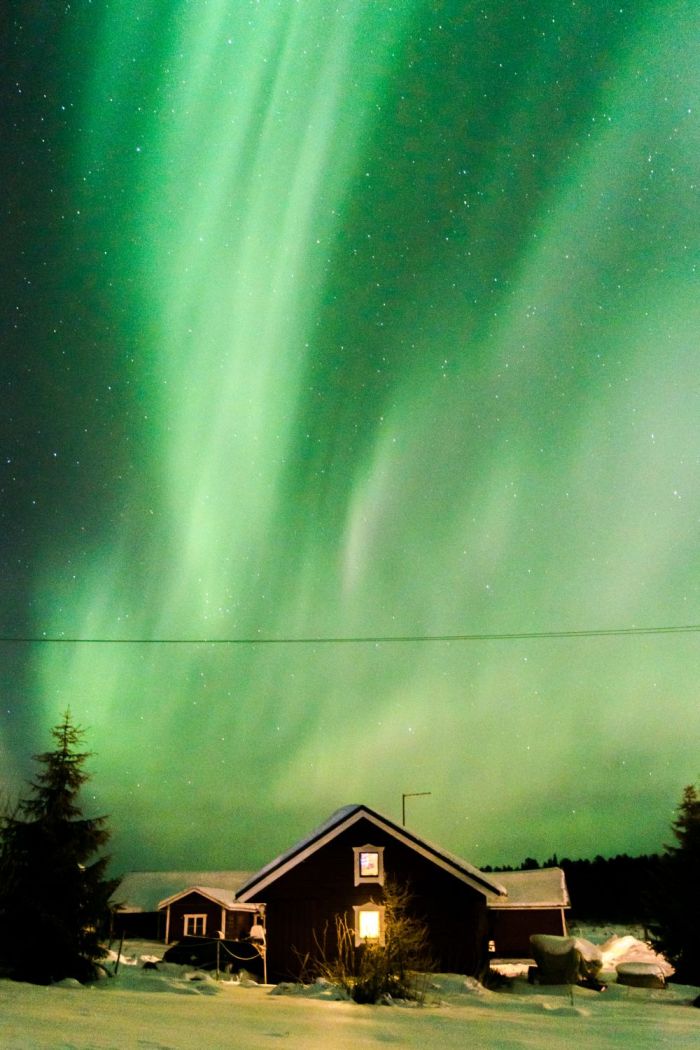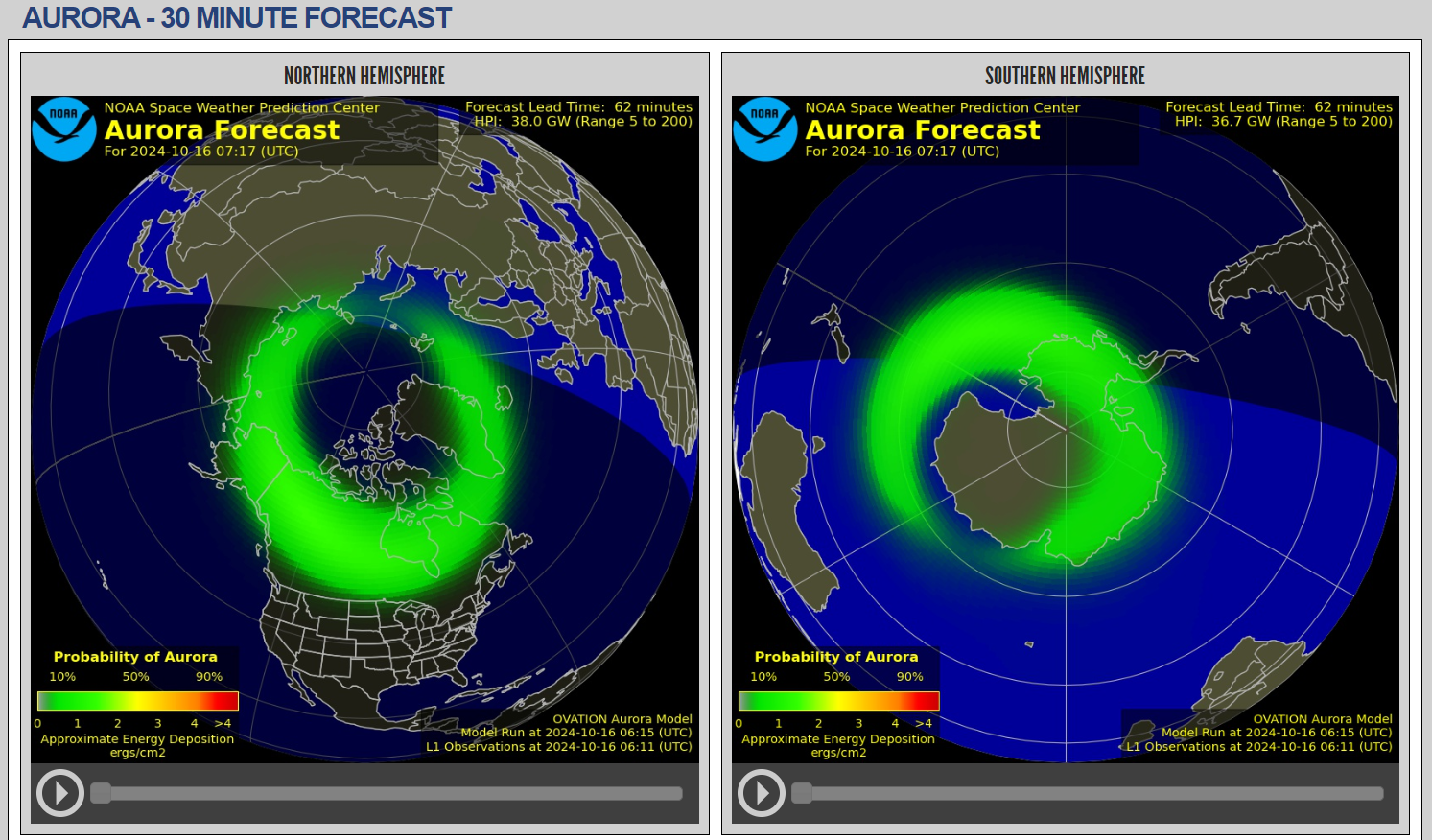Aurora
Aurora
YIP-ling Jennifer
October 2024
What is an aurora?
Aurora is a natural display of light that dances through the sky, predominantly seen in the Earth’s polar regions. Even though these mesmerizing light performances are best seen by the naked eyes at night, they are the products of the interactions between solar winds and the Earth’s atmosphere and magnetic field. In the northern hemisphere, these light shows are called aurora borealis or northern lights. In the southern hemisphere, they are called aurora australis, or southern lights.
Solar winds and aurora
Solar wind is formed by the continual flow of energetic charged particles emitted by the sun. When solar wind travels through space and approaches the Earth, some of the charged particles enter the atmosphere around our planet. They are then directed towards the magnetic poles by the Earth's magnetic field. These charged particles from solar wind then collide with atoms and molecules in the Earth’s atmosphere. The collision excites the atoms and molecules to higher energy states. When these atoms and molecules return to a lower energy state, energy is discharged in the form of light, forming colourful aurora. [1]-[3]

Figure 1 Aurora in Köngäs, Finland. Situated at 67.8°N. (Photo provided by author)
The colours of aurora
The colour of the aurora light depends on the altitude at which the collision occurs, and the type of atom involved. The most common colour is green, which occurs when there is a collision to an oxygen atom lower in the atmosphere. Red aurora, when appearing high in the atmosphere, is also formed by oxygen colliding with high-energy charged particles. On the other hand, blue auroras are caused by excited nitrogen molecules.[2]-[4]

Where can we see aurora?
As the Earth’s magnetic poles lie relatively close to the geographic poles, auroras are most frequently seen in high-altitude regions around the Arctic and Antarctic circles. During periods of intense solar activity, auroras can become visible at the mid-latitudes. However, as Hong Kong is located at a relatively low latitude, chances of aurora gracing the night skies of Hong Kong is quite slim.